
Venkata Seshaiah Sakalya

Showing all 9 books

This book consists of 19 selected papers of Professor Rao. In the first part, on the methodological issue, he argues that the aggregate demand and supply model (ADAS), which is the current dominant macroeconomic textbook model, is logically unsatisfactory. Easy to understand, these methodological essays clarify many confusions of lecturers in macroeconomics. The second part consists of several econometric papers on the estimation of the disequilibrium macro ...
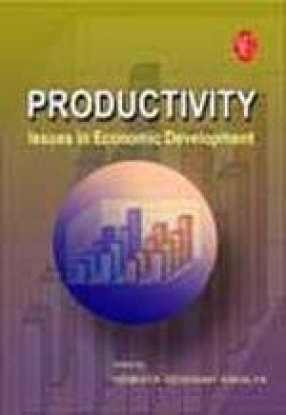
Inventions have been ushered into the world from time to time, in fact ever since the introduction of the Cobb-Douglas production function in 1928 by Cobb–Douglas. Since then, experts have defined productivity several times over. Today, it raises numerous problems of definition and measurement. This concept may be either total factor productivity or partial factor productivity. Total factor productivity compares the total output to a weighted composition of ...
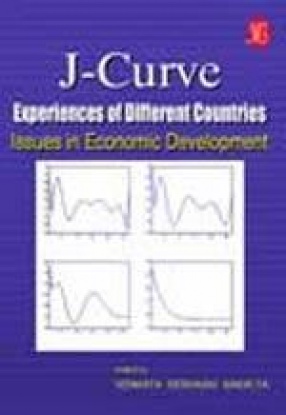
What exactly is the J-Curve? Prof. Magee developed the J-Curve in 1973 in response to the exchange rate, depreciation or devaluation and changes in the trade balance, which according to economists lead to current account deficit and subsequently to current account surpluses. Understanding the J-Curve would help to make the necessary adjustments to the trade balance.
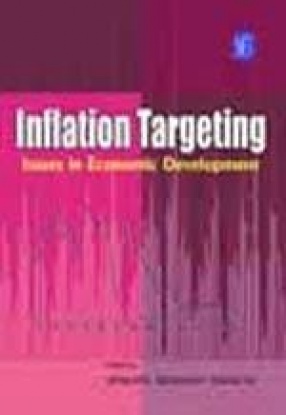
Inflation targeting was first adopted in New Zealand in 1989. Today, it is becoming a globally accepted concept. This book sets out to explore the underlying principles of inflation targeting, its importance, the issues involved, the role of central banks in stabilizing inflation and how they can benefit policy formulation.
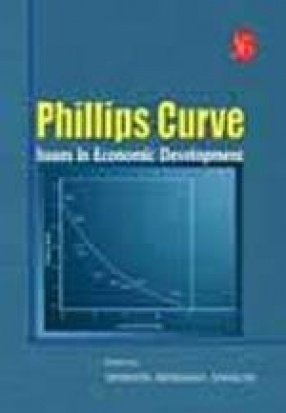
News usually is about macroeconomic problems related to economic development such as unemployment, inflation and aggregate output. The ideal situation would be low unemployment, low inflation, price stability and higher output. But that is an ideal and difficult to have control over these variables. This book looks at the links between the variables and economic theories that apply to various economic policies.
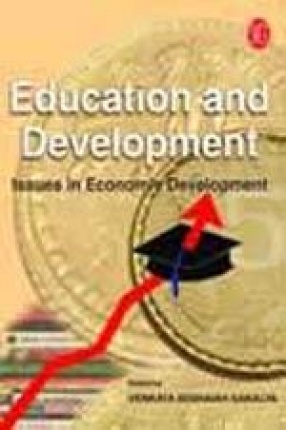
Education is a key driver of economic development. It helps to enhance knowledge and add skill sets to people. Hence, educational policies are of utmost importance to the economic growth of a country. This book sets out to explore the role of education in development, gender equality, and experiences in India and Argentina.

Technological progress helps raise living standards and reduce poverty, besides increasing work efficiency and reducing the cost of production. This book opens our eyes to the fact that by implementing the right technology in agriculture and educating the masses, poverty levels can come down.

This book takes a comprehensive look at the issues of education and human capital development by applying theories to economic policies, and testing against actual cases. The book then provides suggestions and recommendations for the policies derived from these theories. Several thought-provoking articles here make interesting reading.
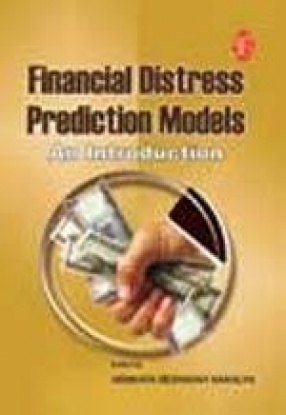
Financial Distress Prediction is a condition in which a business can neither pay up its debts nor liquidate them. The property of the debtor is taken over by the receiver/trustee on behalf of the creditors. Though financial distress prediction is very common today, yet there are very few books that analyze the currently available models at one place. So, this book serves to bridge that gap.
